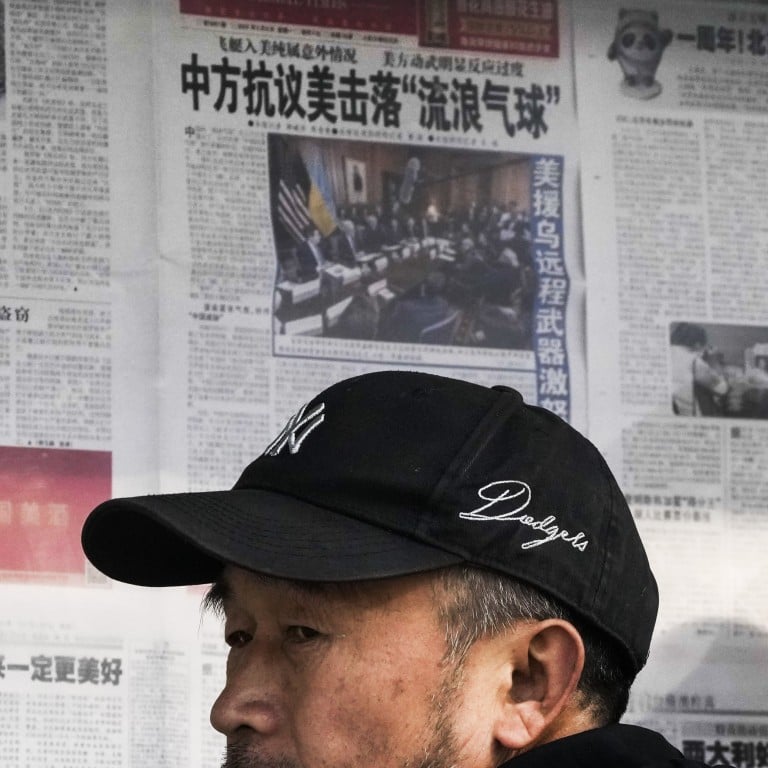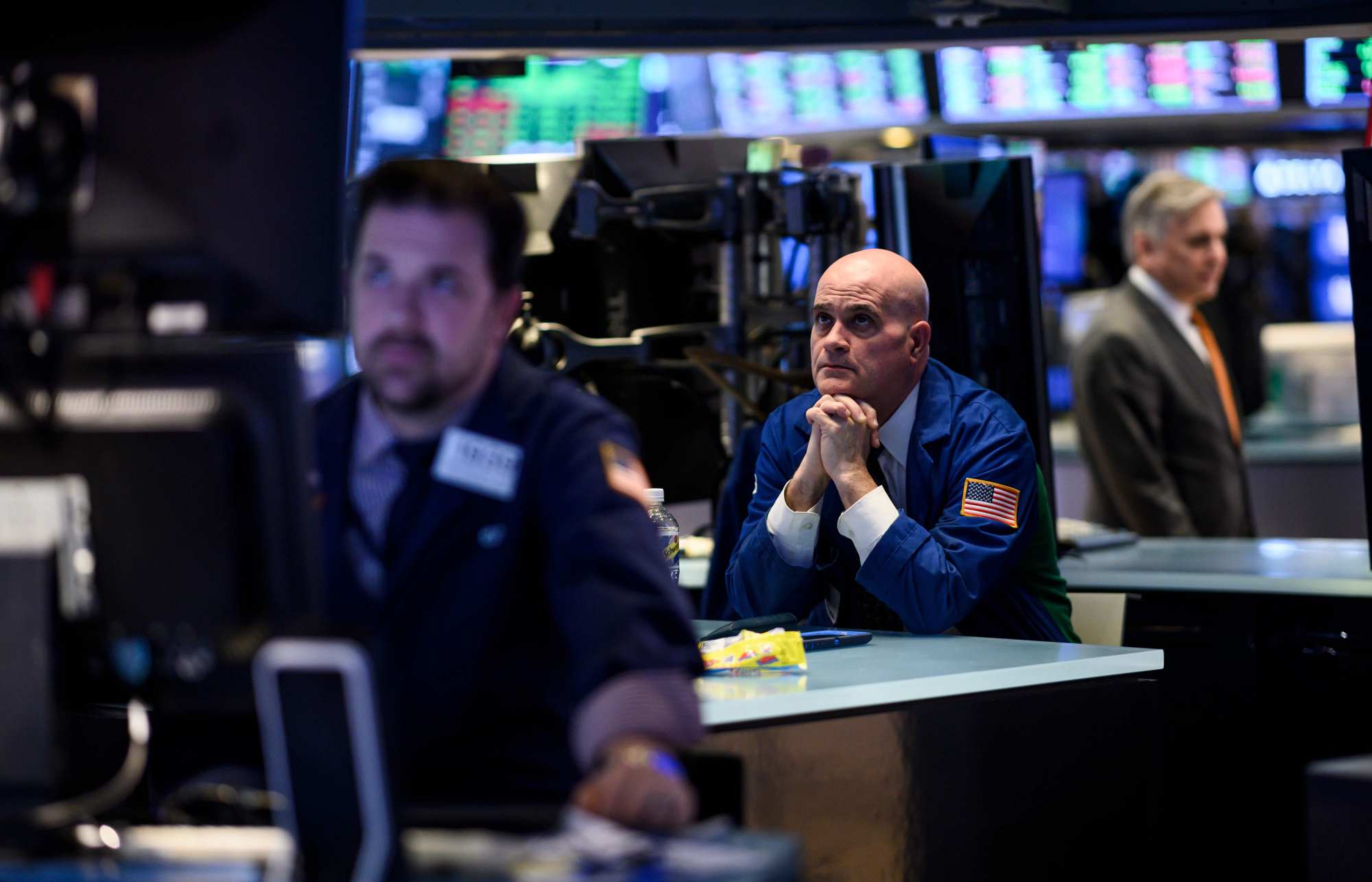
Investors should learn to spot the news narratives that move markets
- Narratives like ‘zero-Covid’ or ‘Russian invasion’ act as powerful forces on markets; mining them for key data can help investors stay on top of trends
- Even using internet tools to monitor the frequency and correlation of key words found within news narratives can give investors clues about their future impact
“On Wall Street today, news of lower interest rates sent the stock market up, but then the expectation that these rates would be inflationary sent the market down, until the realisation that lower rates might stimulate the sluggish economy pushed the market up, before it ultimately went down on fears that an overheated economy would lead to a re-imposition of higher interest rates.”
It follows that within the front-page narratives of the chattering classes, there is information that we could mine to forecast where prices may possibly go. Narratives are the voice of the market.
This is “narrative finance”, a term that I coined for my newly completed PhD studies. Narratives transmit the disruptive forces from news events through the market and inspire investors to shift asset prices. Information is embedded within the text and speech of the legacy narrative.
My research sought to extract information from nebulous, hazy narrative. To do this, I analysed the crashes of the two Boeing 737 MAX 8 aircraft in 2018 and 2019 that caused 346 deaths. They provided a case study of two events with one cause, but different narrative outcomes.

The story then switched to that of the ability of the impeccable 100-year-old Boeing Company to quickly fix the problem. The dominant narrative moved into business as usual – and the share price resumed its status quo.
Its re-emergence seriously damaged the reputation, not only of Boeing but also of the Federal Aviation Administration, who delayed grounding the aircraft. The share price fell 11.2 per cent in two days and cascaded downwards for five months to 24 per cent lower than before the first crash.
The sub-narratives progressively layered upon each other, each taking their toll, from the loss of life to the cost of grounding, the rising corporate debt levels, reputational risk, and regulatory incompetence that came close to damaging USA Inc. itself.
One narrative irony was that Ethiopian Air was held up as a beacon of air safety in Africa, in contrast to the media treatment meted out to Indonesia’s Lion Air. In fact, the recent accident records of the two companies were similar.
The data extraction was carried out by painstakingly counting the frequency of the sub-narratives in contemporary media, to plot the waves of the narrative signal as it flowed through the market.
Tracing the relative frequency and magnitude of key words from news headlines provided an indication of the importance of the news to the market. The narrative signal was compared to the movements of the share price; the two unsurprisingly correlated very well, proving that narratives move markets.
A shock event often leaves investors in a quandary about how to trade. Narrative data provides an indication as to whether the news is likely to lead to a simple narrative, where the share price returns to performing as before, or whether there is a possibility of progressively worsening news, when investors should sell.
Just after the second Boeing crash, the especially high frequency of the word “share” in news stories not only indicated the big fall in the share price but also that falls could continue to occur – as they did for the next five months.
Time to replace stock market gambling with truly responsible investment
It is unlikely that we will ever be able to demonstrate Faustian skills of prediction from any financial analysis technique. However, narrative finance can help investors narrow the probabilities in nowcasting and forecasting models, bearing in mind that good judgment remains paramount.
In the sound words of the market adage: “there are no professional investors, the best are merely gifted amateurs”.
Richard Harris is chief executive of Port Shelter Investment and is a veteran investment manager, banker, writer and broadcaster, and financial expert witness


